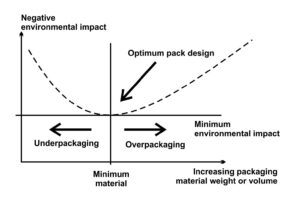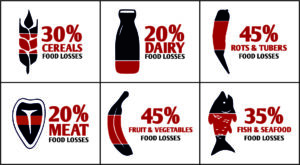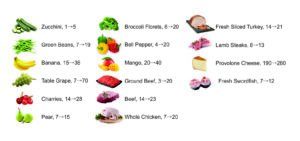In the last few months I noticed that flexible packaging and plastics in general are getting some serious backlash. With large retail chains trying to renounce plastics in their processes and with movements such as plastic-free lifestyle, I see that some myths and stereotypes are forming around plastics, which I would like to address.
When companies promote renouncing packaging, they are always talking about excessive packaging. If product is overpackaged, then removing excessive plastic makes sense and is widely recommended. However, most of the products are optimally packaged or even underpackaged. In such cases removing packaging only makes the problem worse – it shortens the shelf life of the product. If the product is underpackaged, then adding higher quality packaging will make a smaller environmental impact. Optimum pack design should be the ultimate objective.

According to Food and Agriculture Organization of the United Nations, roughly one-third of all food produced is disposed of before it is consumed. This is approximately 1.3 billion tons of food thrown out each year. Therefore, food waste is also a major contributor to global greenhouse gases and is a large contributor of methane gas at landfills. Furthermore, in industrialized countries more than 40% of food losses happen at retail and consumer levels.

Flexible packaging can help reduce food waste by extending shelf life, improving appearance and controlling portions (to prevent overuse and waste). In the graph below, various food products and their shelf lives were examined. If the same products were packaged in modified atmospheric packaging (MAP) or vacuum packaging compared to plain packaging, shelf life extends significantly.

Even though more and more plastic and packaging is used (plastic and packaging material usage grows), overall food waste and carbon impact is lower. Additionally, bioplastics and recyclable mono-polymer materials can be used as packaging for greater sustainability impact. Future developments will expand and improve recycling and recovery renewable technologies, especially in the emerging markets.
We understand that you might be new to questions of packaging and sustainability. And it can all get quite confusing quickly. That’s why we are happy to dedicate our time to helping you navigate through it all. Contact us for a free consultation and we’ll help you come up with the best result for your business.
You still have active cart items in this language, if you want to switch to the other language, cart contents will be deleted.
You can only reorder items that were ordered in the same language/currency combination you are currently in.